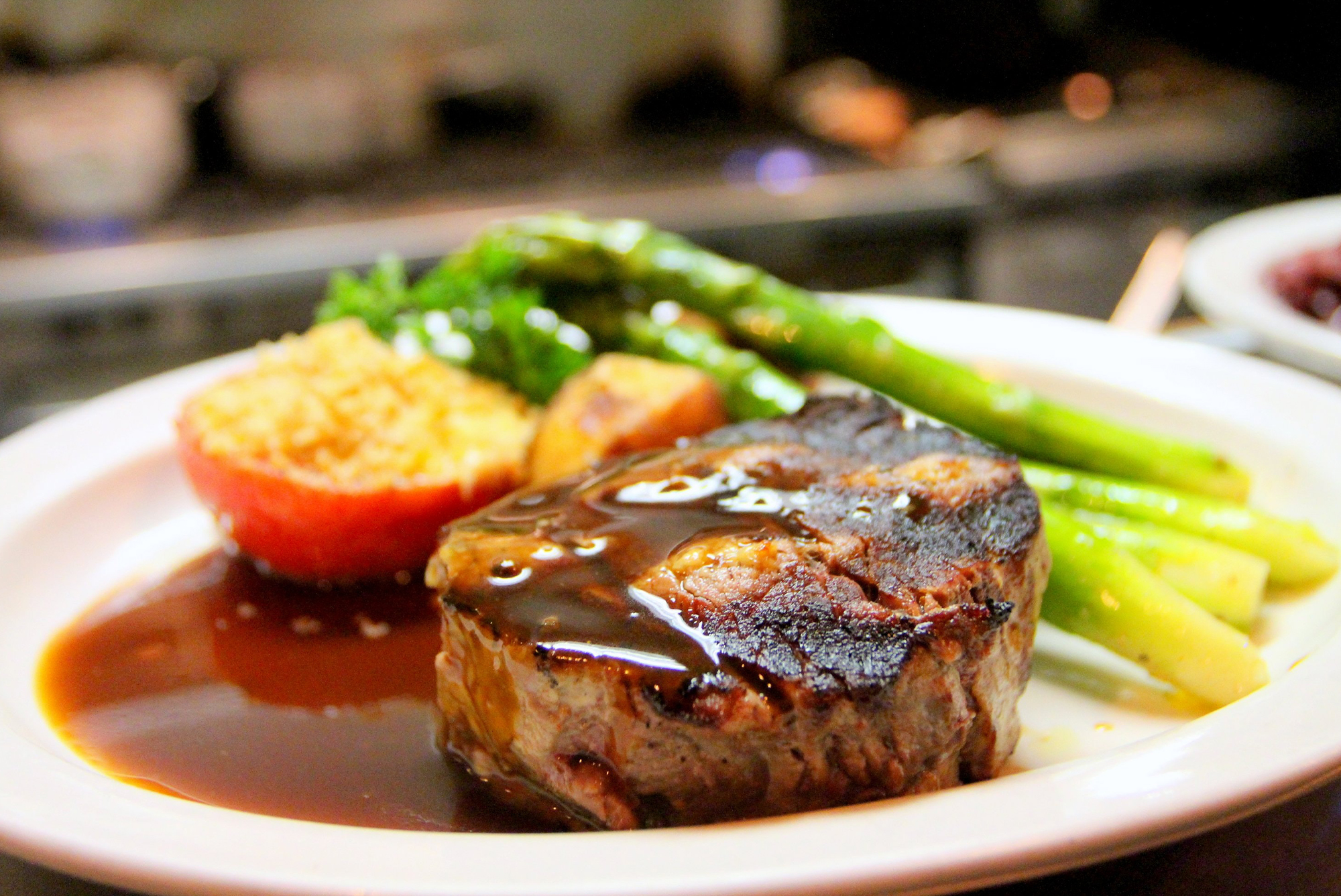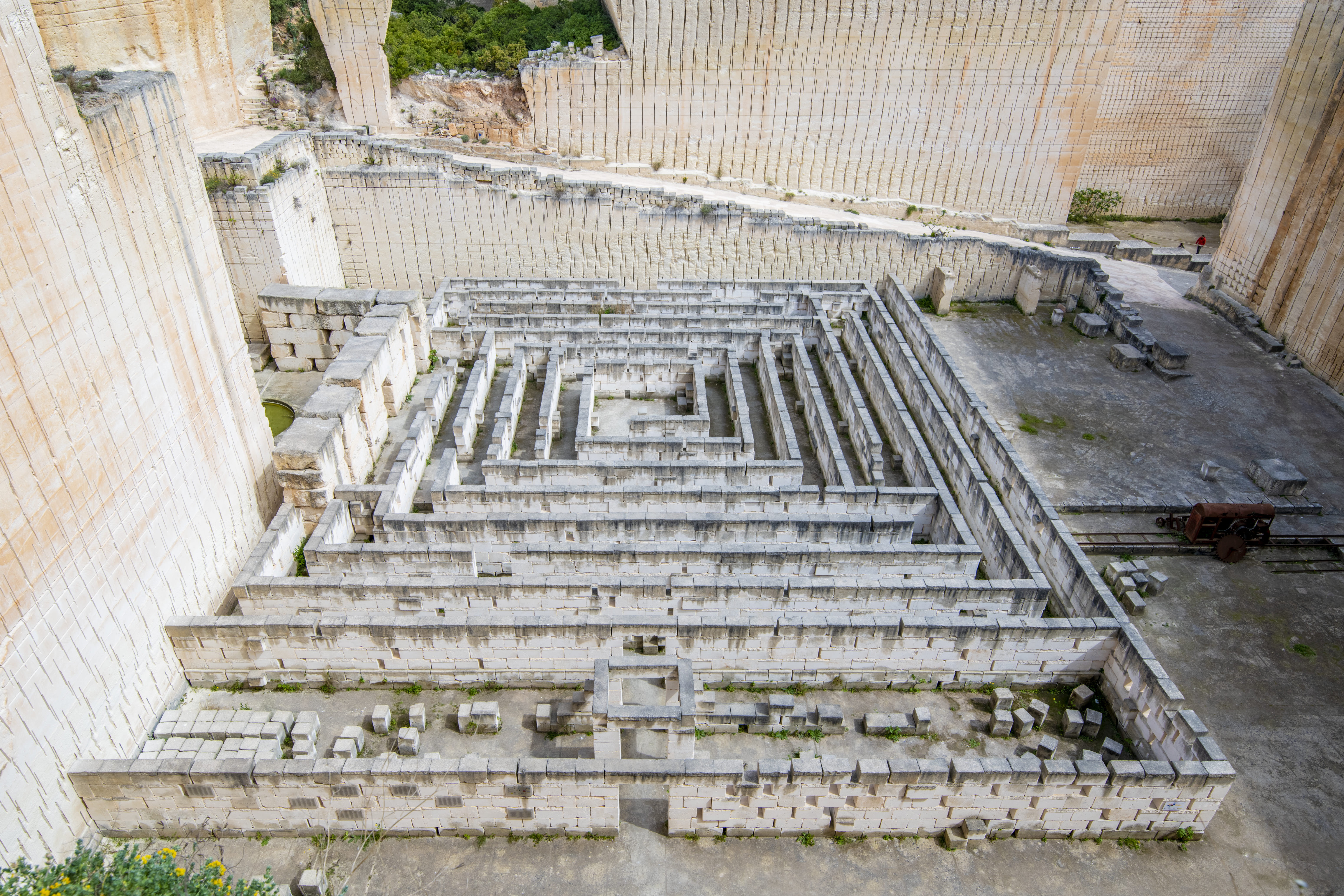In last month’s post about urban allotments, we explained the key aspects to consider for obtaining an allotment at home. Today we want to go a step further and offer some tips about planting. The first thing we have to decide is whether we want to sow directly or use a seed box. The seed box is practical because it reduces growth time and decreases the threat of weeds although, on the other hand, the roots may suffer damage during the transplant to the final plot after germination, which does not occur with direct sowing. If, for example, we want to plant lettuces and tomatoes, we advise using a seed box whereas if we want to plant carrots, direct sowing is better. Direct sowing is also better for courgettes and cucumbers. We can use a recycled cup as a seed box, a yoghurt pot or they sell peat pots which are very convenient because they allow you to transplant without having to remove the plant from the pot.
Before planting, we should ask ourselves how many seeds should we place and at what depth. In theory we only need one seed for each plant but it is likely that not all of them will germinate so it is best to place two or three. Be careful not to put too many carrot seeds together in the allotment because it’s not a good idea for them to be too close together! The seed must be left at a depth of one or two times its size. Beginners in allotments often tend to bury the seeds too deep. For example, placing a lettuce seed 2millimetres down is more than enough.
If the seeds are in optimum conditions of both temperature and humidity, they will germinate within a week. The slowest are carrots, parsley and celery. If we leave the seeds to soak a few hours before planting them, this will help in their germination.
If we have used a seed box, the time to transplant must be when the roots have spread around the whole recipient.
If you want, send us photos of your allotment!












